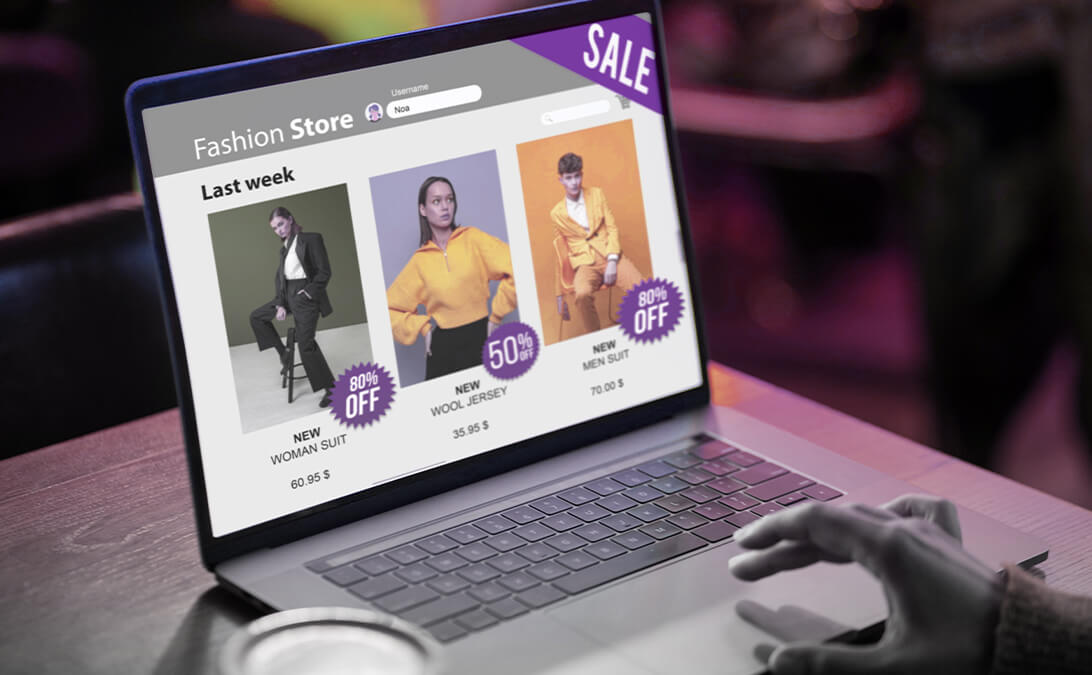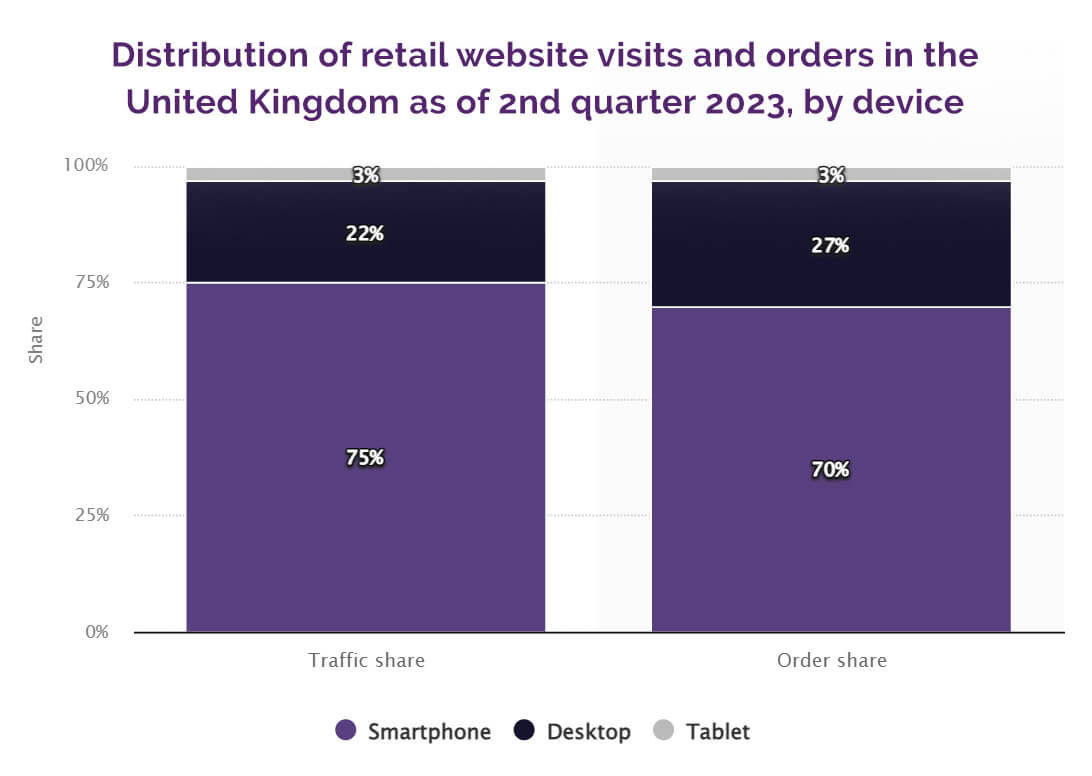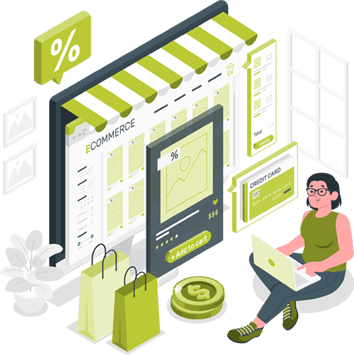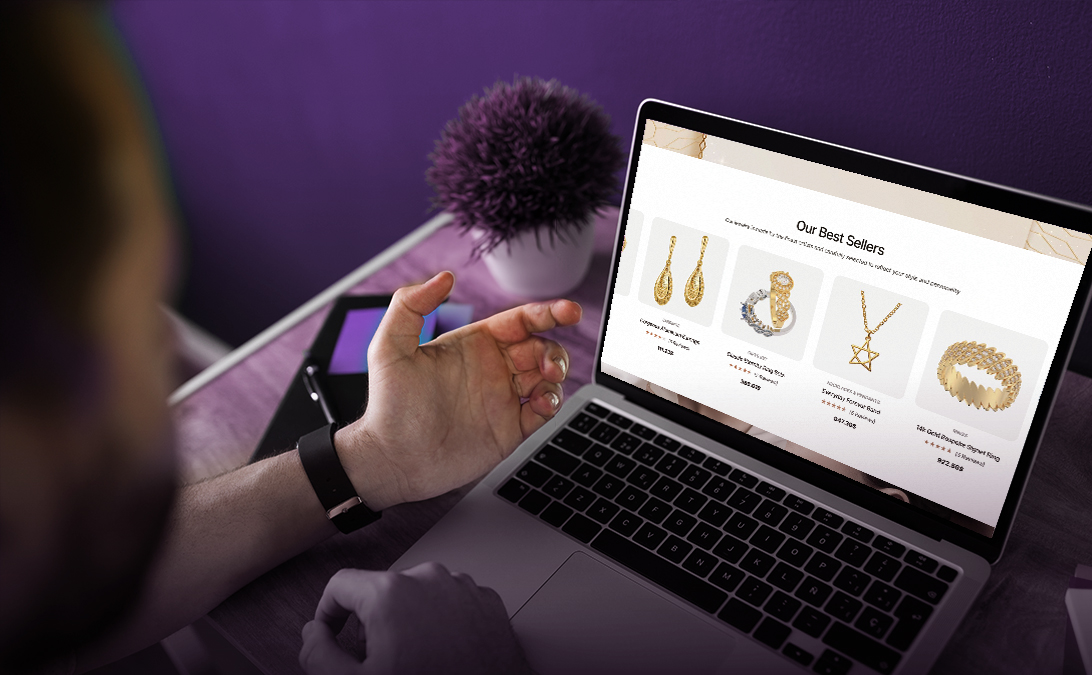
10 Ecommerce Website Design Tips to Boost ROI in 2024
22 January 2024
Launching an eCommerce business can be overwhelming, especially when you lack hands-on experience in the best web design tips & practices. The website design is the first thing users observe and interact with when they visit your online store.
When the store doesn’t look impressive and lacks eye-catching designs, users may lose interest and hop on to the competitors. As much as 69% of web visitors prefer browsing well-designed, attractive websites over basic ones.
User-friendliness, mobile-ready, and visually appealing eCommerce website designs can help you build credibility among online shoppers.
Here are 10 eCommerce Web Design Tips You Can Trust
-
Ensure the Site is Mobile-Responsive
Smartphones account for 75% of online retail visits and 70% of online retail orders in the UK. The infographic below offers insights into the popularity of mobile devices for ecommerce shopping.

As many users prefer to shop via smartphones and portable devices, your web design company must create screen-responsive designs.
Therefore, the first and foremost eCommerce design tip on the list is to ensure mobile optimisation for shoppers. Responsive design can help you not lose any kind of shopper, regardless of the shopping device in use.
-
Provide a Prominently Visible Search Bar
E-commerce visitors leverage the “Search Bar” when they are in a hurry to find precise products or feel stuck on the product page. A conspicuous search bar can help users avoid feeling overwhelmed by the displayed products. An exposed search bar can lead to 44% more orders, especially on mobile. A sticky search bar that remains visible when the user scrolls down the page can help them navigate the pages without feeling lost.
-
Offer Scannable Content
Proven website design tips and strategies advocate for creating a site that can be scanned within seconds. So users can come, quickly purchase, and leave the site. To make your site highly scannable, leverage big headers, clear images, and shorter paragraphs with bullet lists, points, and well-defined categories.
-
Build Easy-to-Navigate Categories
Wasting customer’s time kills your chances of selling products and services. When your customers go through several menus and pages to find the ideal product, chances are high that they will switch to other brands selling the same products.
Your website design should offer smooth navigational capabilities to the site visitors. Integrating several filters like type, colour, size, brand, etc., helps users find the precise product hassle-free and boosts the chances of conversion.
-
Integrate Visually Appealing Images
Updating the site with multiple clear, high-resolution images of each product or service improves customer engagement. Customers with access to high–quality images of products in the form of slide shows help build credibility and assist users in making well-informed decisions. This is particularly true for eCommerce businesses in the fashion industry selling garments and accessories.
To ensure you are providing the best quality images, you can cross-check the following:
- A white background can help you stand out
- Use large photos that let customers examine products with zoom
- Offer a 360-degree view of the product
- Integrate short videos of customers using the product
-
Don’t Hide Information
One of the top eCommerce website design tips is to provide users with genuine information and not hide anything about the products. Show images with the product’s true colours and mention the availability of various sizes, hues, dimensions, warranties, and more. Deploying the data in a bullet-pointed list helps users make sound decisions. In short, the fewer queries the users have, the greater the chances of them buying the product.
-
A Quick Checkout Experience
Consumers avoid ecommerce website designs that fail to offer a quick checkout experience. If your website does not provide a straightforward buying process to the consumers, people are likely to click off your store in frustration.
Design a checkout experience asking only the bare minimum about the users, like name, delivery address, preferred delivery date, etc., and direct them to a secure payment gateway.
Once the purchase is complete, you can provide them with an order confirmation receipt and further ask for signing up if required. The more straightforward the checkout process, the higher the UX for the customers.
-
Display Product Reviews and Ratings
Website designs that fail to offer verified product reviews will likely fall behind in sales. According to statistics, products with at least five reviews have 270% higher chances of success than those without customer feedback. Thus, you must ensure that the eCommerce website design gathers feedback by allowing customers to rate and review products over the mobile site.
-
Incorporate SEO-friendly Practices
Website designs that leverage best SEO practices have a wider reach and good visibility over search engines, driving brand values and sales. Professional website elements can include SEO in eCommerce design web pages in the following ways:
- Including targeted keywords naturally
- Creating product descriptions that match users’ search intent
- Using quality SEO tools in website marketing strategies
SEO tools provide insights into the powerful metrics data and help with adding the right keywords across appropriate places of descriptions.
-
Don’t Forget – Simplicity is Key
Last but not least! Don’t compromise simplicity in your web design elements. For example, standard design elements and icons (cart, login, logout, etc.) that users can quickly identify and connect with help to bring clarity to the web page.
Ecommerce website visitors should not have to dig too deep to find the product categories or process forward to the payment page. Leveraging visual hierarchy in the design process can help to make a clutter-free site. Various web designers integrate a single-click-buy option that helps the target audience buy products quickly.
Use an ample amount of white space for greater clarity. Also, research your favourite e-commerce stores to find how web designing can be done using colour palettes, visual elements, negative space, and more without confusing the site visitors.
Wrapping Up
User-friendly eCommerce designs can uplift any business seamlessly. Based on the latest user demand, you have just read the top tips and strategies to help you free the site from the clutter.
While new sites can be developed using these tips, existing sites can also be optimised to boost user experiences. At Chilliapple – an eCommerce agency, we can help you create immersive UX designs for online stores that maximise sales and revenue.





